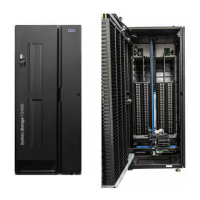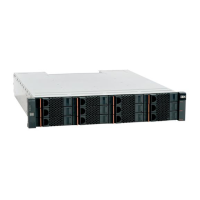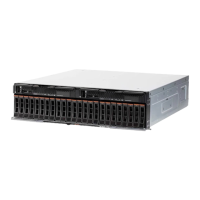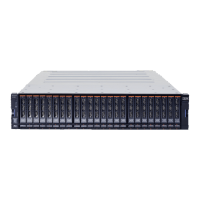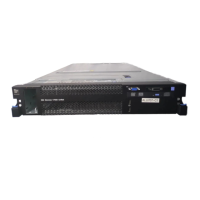216 IBM System Storage N series Hardware Guide
16.1.3 N series System Manager
System Manager provides setup and management capabilities for SAN and NAS
environments from a Microsoft Windows system. You can use System Manager to quickly and
efficiently set up storage systems that are in a single node or a high-availability configuration.
You can also use System Manager for the following tasks:
Configure all protocols, such as NFS, CIFS, FCP, and iSCSI
Supply provisions for file sharing and applications
Monitor and manage your storage system
System Manager is a stand-alone application, and is run as a Microsoft Management
Console (MMC) snap-in.
System Manager includes the following key features:
System setup and configuration management
Protocol management (NFS, CIFS, iSCSI, and FCP)
Shares/exports management
Storage management (volumes, aggregates, disks, and qtrees)
Microsoft Windows XP, Vista, Server 2003, and 2008 are the supported platforms.
System Manager release 1.1 supports Data ONTAP 7.2.3 and later. The current release is
Data ONTAP 8.1 7-mode.
For more information about System Manager, see the following IBM NAS support website:
http://www.ibm.com/storage/support/nas/
16.1.4 OnCommand
OnCommand is an operations manager is an N series solution for managing multiple N series
storage systems that provides the following features:
Scalable management, monitoring, and reporting software for enterprise-class
environments
Centralized monitoring and reporting of information for fast problem resolution
Management policies with custom reporting to capture specific, relevant information to
address business needs
Flexible, hierarchical device grouping to allow monitoring
The cost of OnCommand depends on the product that is purchased.
16.2 Starting, stopping, and rebooting the storage system
This section describes the boot, shutdown, and halt procedures.
Attention: Reboot and halt must be planned procedures. Users must be informed about
these tasks in advance to give them enough time to save their changes to avoid loss of
data.

